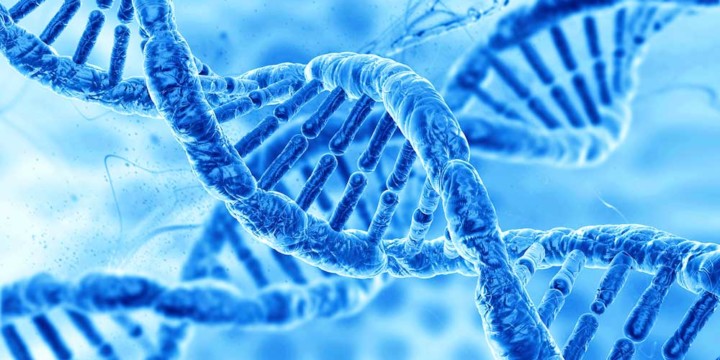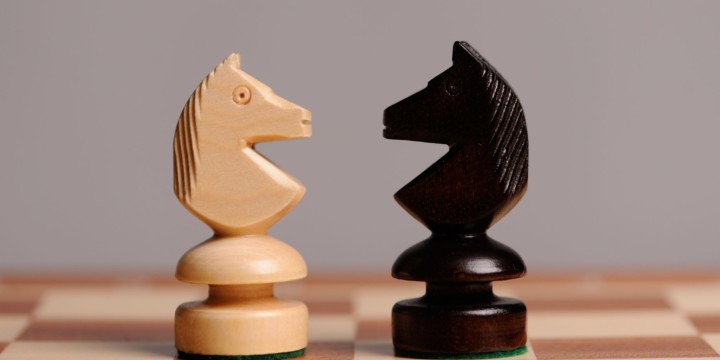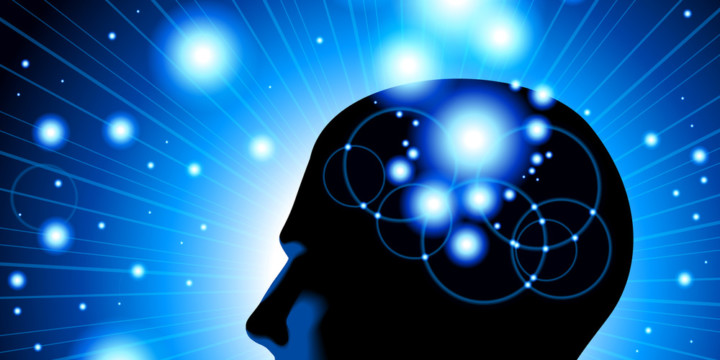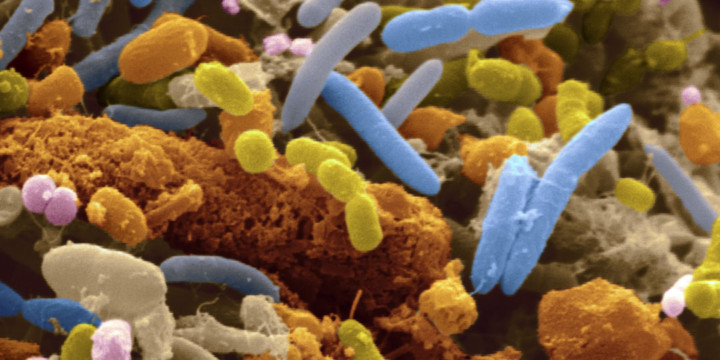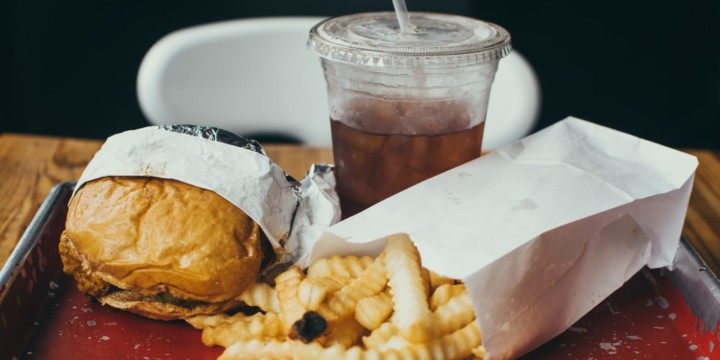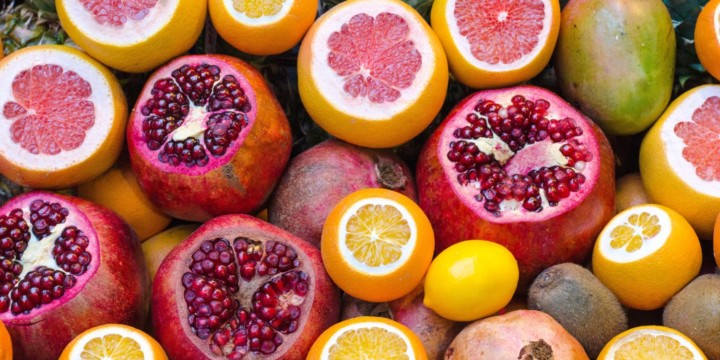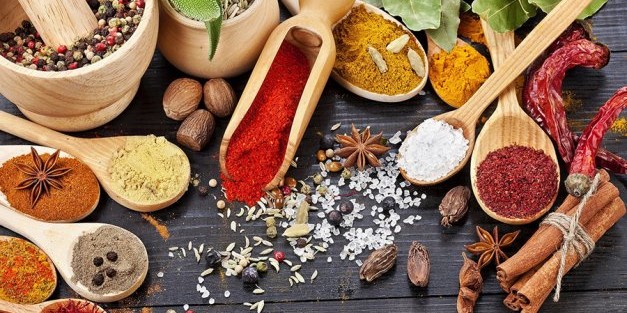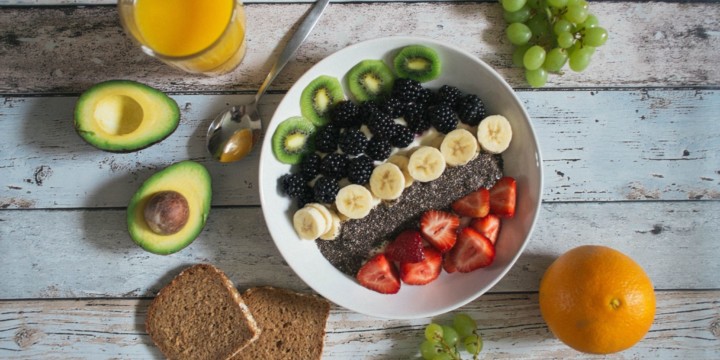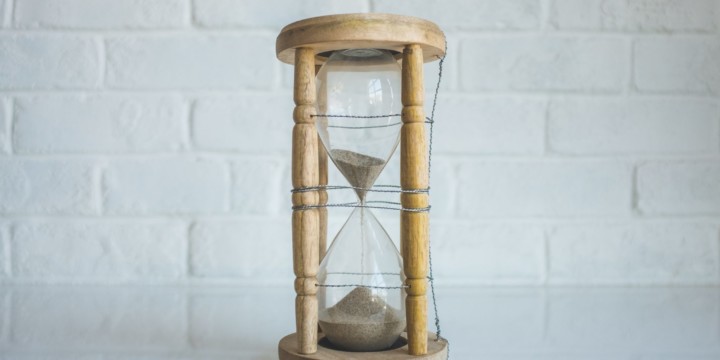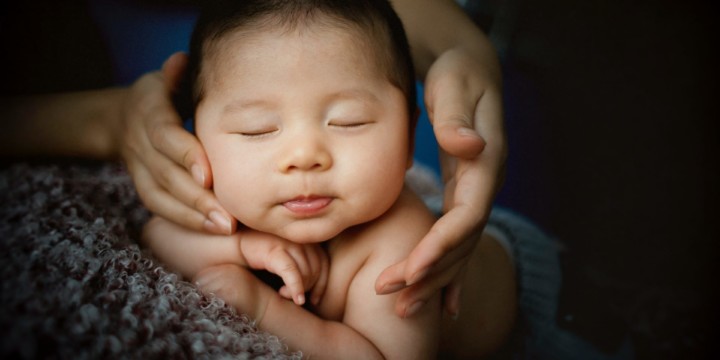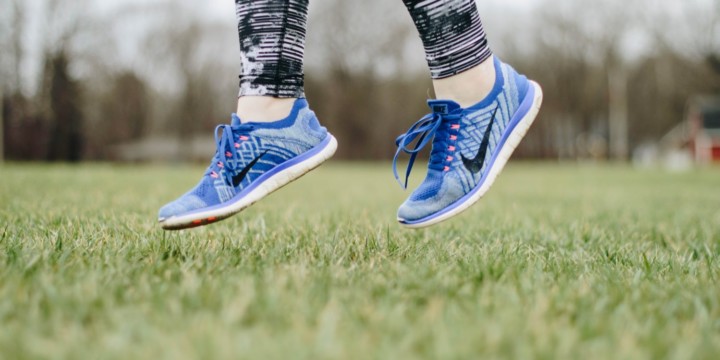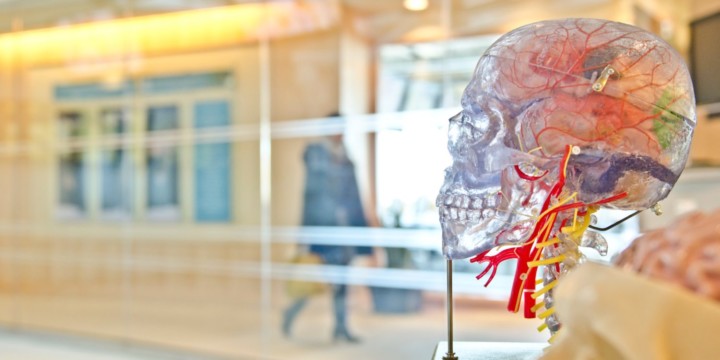Physiology Osteoarthritis
Osteoarthritis is a degenerative joint disease. It causes pain, stiffness, swelling, and reduced motion in the joints and mostly affects the weight-bearing joints such as knee, hips, spine, small joints and the bases of thumb and toes. Osteoarthritis breaks down the cartilage of the joints. In normal joints, a firm, rubbery material called cartilage covers the end of each bone. Cartilage provides a smooth, gliding surface for joint motion and acts as a cushion between the bones. When the cartilage is broken bones rub with each other causing wear and tear. Over time this rubbing can break down the bones and bits of bone or cartilage may float around in the surrounding synovial fluid. This causes inflammation to worsen.
Symptoms
Symptoms of osteoarthritis vary, depending on which joints are affected and how severely they are affected. These symptoms tend to build over time rather than show up suddenly. Some of the common symptoms include:
- Progressive stiffness in the joints that develops over a period of time
- Limited range of motion
- Clicking or cracking sound when a joint bends
- Swelling around a joint
- Pain that worsens after an activity or towards the end of the day
Causes
- Being overweight puts extra stress on the joints
- Trauma or injury to the joint
- Overuse of the joint as is the case in certain professions
- Family history or genetics makes a person more likely to develop osteoarthritis especially if it happens in the younger age
- Misuse of anabolic steroids
Treatment in Allopathy
Osteoarthritis is a chronic progressive disease that has no cure at present. Management of symptoms is done through physiotherapy, exercise, physical and occupational therapy, medicines, and sometimes surgery. There are many pain and anti-inflammatory medications such as analgesics, Nonsteroidal anti-inflammatory drugs, Corticosteroids and hyaluronic acid that are used for relieving pain.
Osteoarthritis in Ayurveda
As age advances the influence of vata dosha increases, resulting in the process of gradual degeneration of the body. Osteoarthritis is one such degeneration caused by vata dosha called Sandhivata in which vata causes the destruction of the cartilage and drying up of the surrounding synovial fluid leading to chronic disability. Ayurvedic treatment of Osteoarthritis not only prevents further deterioration in the joints but also rejuvenates damaged cartilages in a few cases. Vata-alleviating treatments with specific herbs are also suggested for lubrication and strengthening of joints.
Treatment in Ayurveda
Ayurvedic treatment of Osteoarthritis includes herbal medications with anti-inflammatory effects, application of medicated oils to joints, steam bath, sauna, local application of steam, panchakarma, medicated oil massages or abhyanga, pooling of oil on joints called vasthi. Medicated rice massages and medicated milk enema are given to strengthen the cartilage and joints.
Other procedures like powder massages, herbal leaves massage and pouring of fermented liquids, hot baths in minerals salts such as Epsom are good for reducing inflammation.
Diet
The treatment for arthritis starts with re-balancing vata. To pacify the disturbed vata you should avoid foods that will aggravate it, like brinjal, bitter gourd, potatoes, cabbage, cauliflower, green peas.
The permissible vegetables for a vata patient are spinach, fenugreek leaves, and carrots. Radish can be taken.
Protein foods like pulses, peanuts and paneer are out of bounds for a vata patient because such foods will increase the level of uric acid and disturb the vata balance. Cereals like whole wheat, jowar are allowed. Rice has to be eaten sparingly.
Shodhan or removal of waste
For removal of toxins, Ayurveda suggests oil basti enema for arthritis patients because in the body the center of vata is the colon – the large intestine, but bone tissue (asthi dhatu) is also a site of vata.
The mucous membrane of the colon is related to the outer covering of the bones. Therefore, any medicine which is given rectally to the patient corrects the vata disorder and nourishes bone tissues.
Herbs
Ayurvedic herbs effective in treating osteoarthritis are ashwagandha,vidari, gugguls, galangal, castor roots, turmeric, cyperus, nirgundi and prasarini.
Apart from this yoga, pranayama and a vata balancing are prescribed to the patient.
Osteoarthritis in Naturopathy
Naturopathy focuses on identifying the root causes of osteoarthritis. It combines natural mode of healing such as detoxification, massages, acupuncture, hydrotherapy, mud therapy, physiotherapy, Yoga and diet management as a part of treatment.
Treatment in Naturopathy
First of all, a regimen of detox is carried out to ensure that there is no build-up of toxins in the body. While detoxing the body special care is taken of the digestive system particularly the colon with colon hydrotherapy.
Pain Management
Pain Management
Naturopathy Techniques such as mud therapy, yoga, massage therapy, hydrotherapy, wax-bath therapy, heating compress, constitutional hydrotherapy, and acupuncture are effective in managing pain associated with osteoarthritis.
Diet
Dietary changes are made to provide proper nutrients needed to repair damaged joint tissue and eliminate foods that can damage joint tissue. It is recommended to remove the foods in the nightshade family (Solanaceae) from the diet. The nightshade family includes tomatoes, potatoes, eggplant, peppers. They contain alkaloids (a plant constituent) that may interfere with joint repair and increase inflammation. Also, avoid caffeine, soft drinks, too much of sugar and salt as they make absorption of calcium difficult.
Acupuncture
Acupuncture helps to relieve pain, enhance joint function and stimulate the flow of energy that in turn balances the body.

